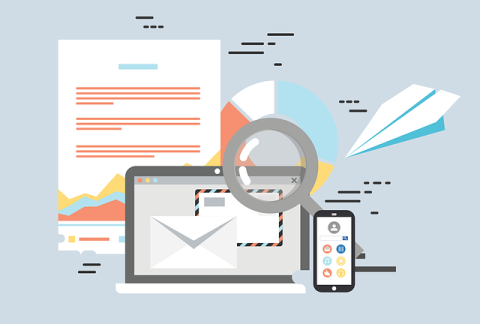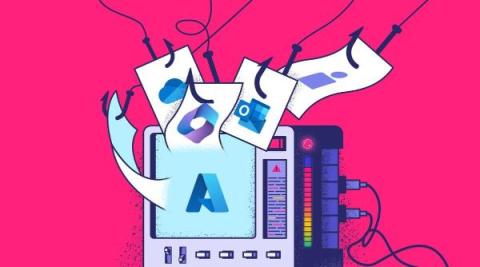Email Deliverability: Finding and Fixing Issues with GlockApps
Are your email campaigns not producing the expected results? Do you have disappointingly low open rates, or worse, are your emails getting lost in the spam folder? If so, you're not alone because almost every marketer faces email deliverability issues. But there is good news, and it is that they're not impossible to overcome. In this article, we'll cover the ins and outs of finding and fixing email deliverability issues so that your messages are received by your audience and read on time.








